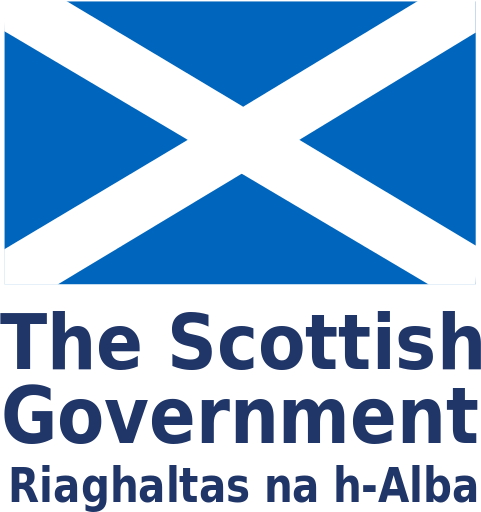Select the crosses for each colleagues decision and rationale
Prof Mark Barber
Decision
- No BP intervention
- Treat with tenecteplase
- Refer for thrombectomy
Treat with lysis and thrombectomy.
Rationale
On paper the neurological deficits are very mild. She has good collaterals and her brain is currently hanging in there on these, however, I would expect her to deteriorate soon. I’m not sure that there is a very strong evidence base to guide decisions here. I would use tenecteplase (if it were allowed in Scotland) and refer for thrombectomy. If thrombectomy could be started within minutes, then straight to thrombectomy would also be a reasonable choice. It may be that a thrombectomy referral is turned down, in which case thrombolysis with alteplase (currently) would be reasonable.
Dr Tracey Baird
Decision
- Lower SBP to <180mmHg before bolus
- Treat with alteplase 0.9mg/kg
- No thrombectomy
Rationale
Although she has minimal current deficit she has a vessel occlusion and a CTP pattern suggesting that her clinical picture may worsen.
My preference would be to offer enrolment to a relevant clinical trial.
Dr Anthony Pereira
Decision
- BP to remain elevated
- Request CT, CTA & CTP
- No lysis
- No thrombectomy unless condition deteriorates.
Rationale
This syndrome suggests a left middle cerebral, proximal arterial occlusion with either some degree of natural revascularisation or fluctuating collateralisation.
I would request a CT, CTA and CTP. The CT looks normal. The CTA shows the proximal artery occlusion. The CTP shows an ischaemic area with little core.
While it would be acceptable to consider thrombolysis on CTP criteria and also refer for thrombectomy, I would be inclined to be more conservative given the NIHSS is down to 1. I would manage this case by maintaining bedrest and leaving the blood pressure elevated. If necessary, I would manage them with the help of ITU.
If the severity of their condition worsened significantly, I would undertake thrombectomy.
Dr Shelagh Coutts
Decision
- No BP intervention
- No lysis
- No thrombectomy
Rationale
I would randomize the patient in the TEMPO-2 trial. This is a trial randomizing patients with minor deficits and intracranial occlusion to thrombolysis with Tenecteplase or non thrombolytic standard of care. She is not currently disabled by her deficits.
If enrolling in TEMPO-2 was not an option I would discuss treatment options with her. At minimum I would admit her, keep her on bed rest with iv fluids running and watch her carefully for any neurological deterioration. If she deteriorated I would take her for a stat CT/CTA and if no significant changes I would take her for thrombectomy.
Dr William Whiteley
I am on a DMC for this question (TEMPO2) so have not given my opinion!
You have reached the end of this case study. What do you want to do next?


